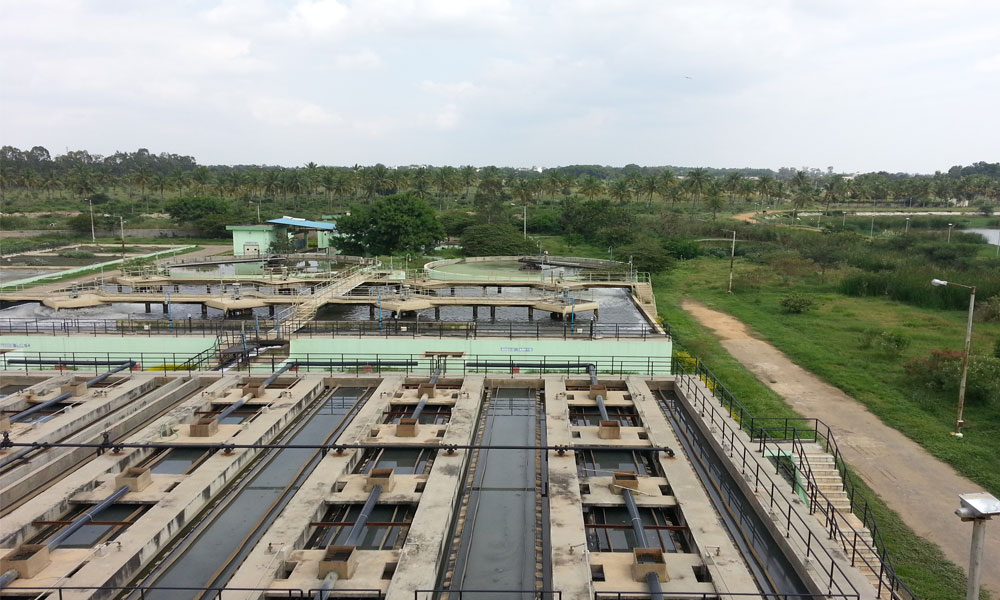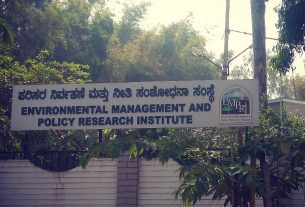Bengaluru generates around 1,440 million liters of sewage water on a daily basis, while the treatment capacity of 25 STPs is 1,059 million litres
Bengaluru, Sept. 27, 2018: Bangalore has a population of 8.5 million and generates around 1,440 MLD (million litres daily) of sewage water. Proper treatment of sewage water could be utilized for domestic consumption and irrigation purposes. The City has 25 STPs (sewage treatment plant), out of which 22 are primary and secondary (Sewage Treatment Plant ) STPs, which do not treat the sewage completely.
Sewage water contains various toxic substances like solid wastes, organic matter, bacteria, viruses, nitrogen and phosphorus. According to the statistics of the Bangalore Water Supply and Sewage Board (BWSSB) the capacity of 25 STPs is to treat 1,059 MLD sewage .We do not have sufficient number of STPs which leads to partial treatment of sewage water, and so water is released into various valleys and aquatic channels across the city’’, said E. Nithyananda Kumar, Chief Engineer (waste water management). Vrushabhavathi Valley is the most polluted channel to receive the treated sewage water.
Recently, a regulation was made with collaboration of BWSSB and the Karnataka State Pollution Control Board (KSPCB) for the residential area. According to the regulation, residential areas with more than 50 apartments should have their own private STPs. Recently; the regulation has been modified with a rule that with 20 apartments, residential areas should also install private STPs. Most of the STP discharges untreated water into the water channels and water bodies are getting polluted.
According to an employee of KSPCB, private STPs should reach some standards fixed by the board to treat the sewage. Some norms have been fixed; the monitoring is being done by us for two-three times, to see if those STPs should meet standards of decrease in BOD (biological oxygen demand), ph level and then license is issued.
Treated water is checked by the KSPCB laboratory. Around 80 percent of water comes out as sewage and the remaining 20 percent can be used for other purposes. After continuous violation by the society they could be charged under the norm of prevention and control of water pollution, he added.
‘’The city needs more STPs and residential areas should come forward to curb and keep maintain this problem faced by almost all of us, stated KSPCB’’, said, Manoj Kumar, IFS (Member Secretary) KSPCB.
Anil Abbi, water conservationist said, ‘’the entire lake system is interconnected to each other and sewage water is released into water bodies without proper treatment. Most of the STPs are not working properly, government has the will to do so and common citizen cannot do everything. Tipogondahalli Lake in Magadi road is surviving in unhealthy condition even after the ban by the court not to commercialize in its catchment area and it has a lot of outlets, further he added.”




